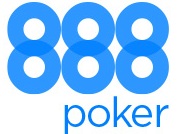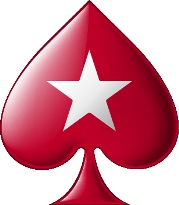Omaha high is a devilish game. Because each player is given four hole cards, there are all sorts of ways to make trips, quads, straights, flushes, and full houses. There are so many cards in play, in fact, that every poker starting hand has what seems to be a decent shot at winning a given hand. As an example, consider the hands A♥-A♦-K♥-K♦ and 2♥-3♦-7♣-8♠. The first hand is the absolute best hand you can have in Poker Omaha high: You have the two best possible pairs and two nut flush draws. The low-card hand is weak, lacking a pair or even a flush draw. Despite its obvious advantages, however, A♥-A♦-K♥-K♦ only beats 2♥-3♦-7♣-8♠ 70 percent of the time. Yes, we say “only,” because the best Hold ’em hand, A-A, will win 90 percent of the time against the worst hand, 7-2o. While having the worst hand win an additional 20 percent of the time might not seem like a big deal, it’s a huge consideration when you play heads up. To state the problem in terms of odds instead of percentages, the best Hold ’em hand is just about a 9 to 1 favorite over the worst hand, but the best Omaha high hand is only a 2.3 to 1 favorite over the worst hand. When you play against more than one opponent, the edge a premium hand has over the field becomes quite small.
So why should you even consider playing a game where you can’t get a big edge before the flop? Because good players can take advantage of their less-skilled opponents after the flop. Calling with marginal hands gives players opportunities to come up second best, and that’s where good players make their money.
There are 270,725 possible Omaha starting hands, and even though many of them are equivalent to each other (A♣-K♥-Q♠-J♦ is the same as A♠-K♦-Q♣-J♥ before the flop), it’s useless to try to enumerate which hands are playable and which hands aren’t. Two authors, Mike Cappelletti and Ed Hutchison, have devised point count systems you can use to evaluate Omaha starting hands. You can find the Hutchison system online HERE. Ed was kind enough to give us permission to detail his system, so we’ll use it for our analysis.










